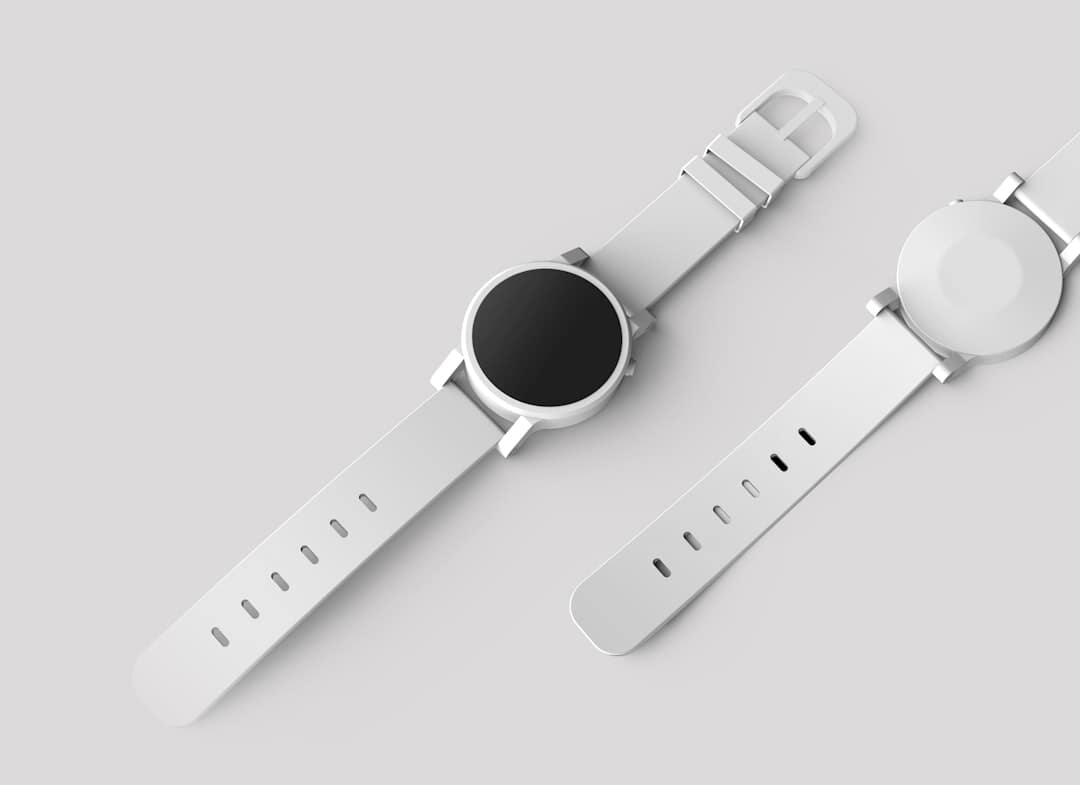Many startup founders, investors, and marketing leaders struggle with conveying what their product actually does. Product description simplification is often the key challenge and the starting point for improvements. It can make a big difference, but achieving product simplicity isn’t always easy.
You might have a groundbreaking product, but if your target audience can’t grasp it, you’re in trouble. This happens frequently with complex products. Thankfully, with the right tips and processes, simplifying product features is possible.
Table Of Contents:
- Breaking Down the “Simple to WTF” Scale
- How to Simplify Your Product Description
- How Simplification Turns Bland
- Simplicity Drives Advantages for Brands
- Conclusion
Breaking Down the “Simple to WTF” Scale
Andrew Chen, general partner at a16z, highlights a “Simple to WTF” scale in his blog post on product descriptions. He reveals some simple approaches to improve messaging. Using this same method will allow any business owner to write product descriptions that are better.
The scale goes from the simplest product to the most confusing. This applies to all, regardless of the situation. At the simplest level, the product description formula can help clarify messaging better.
Adjective + Noun
Think “electric car” or “smart phone.” These descriptions give a clear change to something the consumer is likely aware of. This approach clarifies, even if someone is new to the subject.
Big categories, like “horseless carriage,” eventually turn into simple terms like “car.” But it can cause changes to occur. Once the descriptive words aren’t needed, then it might change later.
The “Kind of App” Description
Another way of simplifying products is going with, “an \[kind of app] for \[well-understood behavior].” For example “an app for making a restaurant reservation.” This example leverages familiar language.
The clearer the behavior and value, the better this method works when writing product. These messages work with technology as well. It might even seem too good to be true.
The “Product for Category” Approach
Many startups try the “\[product] for \[category]” method, like “online dating for international students.” When you think about how much of the dating apps population is young adults, this approach makes sense. As long as the market and concept works, it might resonate well.
This works if the segment is valuable and the product delivers. It falls apart when the niche is too small or doesn’t match well. Consider this approach when the core features line up with it.
Steering Clear of “Weird” Descriptions
A close cousin is the “\[kind of app] for \[weird behavior]” or “\[weird product] for \[niche segment].” For example, “an app for visualizing Wikipedia links as geometric diagrams.” One might understand this product at a technical level.
But people want to know “why.” Explaining features is easy, the goal should always clarify benefits and the clear purpose. The reasoning should focus on a core demographic of people who are aware of a brand or app.
Avoiding Technical Overload in Descriptions
Leading with the inner mechanics is where messaging fails for product description simplification. Start with simplicity first, rather than detailing inner processes of technology or other moving parts. People appreciate this because it get’s right to the core problem that the product solves.
A lengthy preamble about the technology behind the product is likely going to confuse readers. Keep your core functionality focused. Then create more opportunities to describe more in-depth if customers have questions or require additional information after meeting product needs.
Simplifying the Complex
Leading a presentation with the “jobs to be done” framework, that could also confuse readers. Followed by explanations of the weird product and user needs, it gets messier. Then using additional product features to complicate the product messaging for simplification makes messaging hard to follow.
A better way is to show people, specifically potential customers. Simplicity often has greater rewards for businesses and helps achieve positive outcomes. It might not make your business any better or improve a product’s quality though.
How to Simplify Your Product Description
If you find yourself at the “WTF” level, there’s a fairly simple way to move beyond it. Start gathering customer feedback of actual users, ideally, ones that are your target audience. These people should not have relationships with the brand.
Showing the simplified product and seeing customer reactions is the first part. This is fairly inexpensive way of understanding the key audience. Asking questions is only one part of a simple process to tie product and the customer needs.
Show them your product. Ask how they’d describe it. The answers you are about to receive can provide valuable insights that will later impact customer adoption and potentially result in higher conversion.
Hearing Real Customer Viewpoints
After asking questions about your product, listen closely and actively. Simple things are revealed here that give core insights. They’ll often simplify complicated products that a brand initially presented.
This process gives messaging improvements with insights you won’t find any other way. Simplier products helps everyone. You also can use SEO for optimization of product description messaging to show up on a search engine results page.
However, this process might expose gaps. Don’t panic though. Gaps are fine, just make sure to learn from these learnings and build better future iterations of the user interface.
Shifting Towards Simplicity for Descriptions
Move toward well-known ideas to reposition if the existing approach misses the mark. Consumers understand concepts they are already aware of. New things are harder for people to fully grasp.
Henry Ford said that asking people would result in the idea for faster horses. But many historians debate whether or not that actually ever happened. What Ford actually helped with was innovating messaging to simplify the product. Cars were “horseless carriages” originally for that exact purpose.
This approach uses known information in a customer’s mind and their user experience. A common practice for simplifying product messaging. Even the best companies do things that way because it resonates more deeply.
Counter-Positioning Existing Products
Simple pitches are often counter-positions to known things. Pick something the customer knows, a popular product or frequent behavior. Compare yours to it, similar to how “app for behavior” highlights familiarity.
This comparison simplifies by referencing awareness. Leverage what people already understand well. The messaging might also attract a more core and interested audience while building social proof with product description simplification.
How Simplification Turns Bland
The risk is that a customer might view the brand, product, and company as too similar or plain. Sometimes differentiation requires counter-positioning. There are methods available to make it effective and clarify simplicity of descriptions for your audience and create effective product descriptions.
Being “anti-something” makes brands stick in a user’s mind. Differentiate by contrasting with an existing product in the market. Consider “We’re a new type of X” as messaging and positioning.
Consumer versus enterprise is a good example that could resonate, especially if comparing complex products. Think about “Box” versus “Dropbox” when using these considerations. Referencing others when creating something new is valuable for compelling product.
Making core UX choices also provides better distinction for branding, even when creating a simpler version. UI design improves targeted messaging to certain demographics. This process alone shows the brand in different perspectives to have a better user experience.
Using the Premium Approach for Product Messaging
Targeting a narrow niche with high-end offers also distinguishes a brand and product. Try going for “free” approaches to increase userbases. Consider younger versus older customers.
Choices like these shape the messaging of product descriptions to simplify language and it’s time to act. It also improves your marketing approaches on social media. Focusing on different growth choices, you may have a big win and see higher conversion rates.
| Benefit | Description |
|---|---|
| Clearer Memory | Easier to recall and helps spread awareness faster, potentially saving money in marketing costs. |
| Improved Efficiency | Improves operations, like better customer processes to give focus to the product’s features. |
| Cost Reduction | Lowers operational expenses, improving profits and scalability for all product versions. |
| Greater Focus | Concentrating resources increases quality and reliability for current and future product development. |
Another key element is making sure you are leveraging compelling images to create a sense of social proof. This can enhance the user experience in a big way. By focusing on product quality visuals, you give more life to a webpage and can achieve positive outcomes, rather than just text.
Simplicity Drives Advantages for Brands
Clear communication is a strategic edge when used for simplifying products. Easier descriptions are unforgettable and allow for information to spread better. This approach also improves and makes onboarding processes more fluid and easy to deal with.
Ultimately all of the cost processes will start improving and product managers can determine how to create effective product value. Simpler messaging makes a product more impactful. But focusing solely on it as a differentiator is problematic for the simplest product that you’ve met.
Clever messaging with complex language sounds innovative. But this isn’t true for long. People need clarification on use-cases before any investments are made by customers, regardless of pricing.
Conclusion
Product description simplification isn’t just about making things easier to understand, although that’s the goal. It boosts competitive edge by getting people’s attention when promoting any products or brands. Simplifying products resonates to consumers.
Addressing user interests clearly wins customers with all of the key features it has to offer. A simple product also helps with finding and identifying customer opportunities for the long-term future of businesses. It ensures they are in place for continuous development, optimization, and improvement, while still focusing on core business and customer goals while potentially increasing conversion rates.





